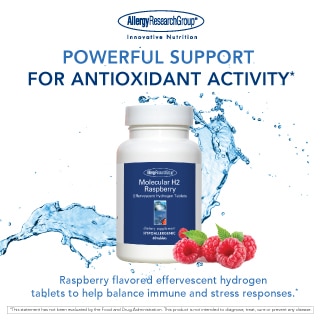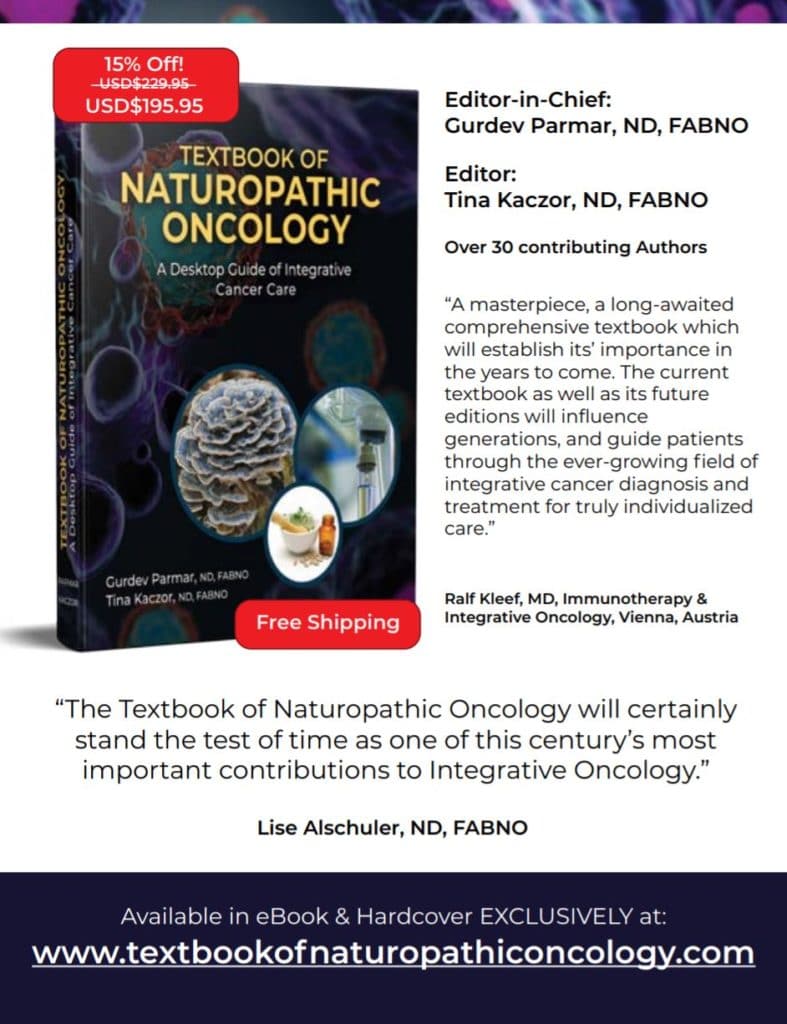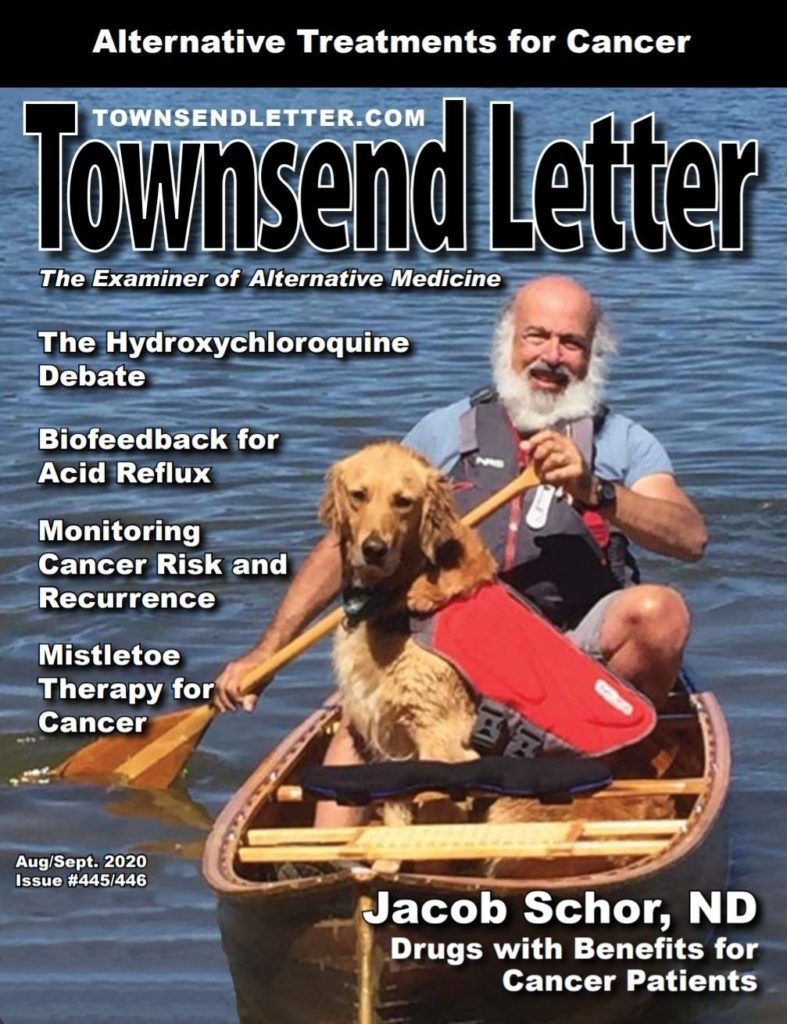…article continued…
There is another approach to using the ReDo database, which I call the Chinese menu approach. I grew up at a time when Chinese restaurants had fixed price meals but gave the diner options for different courses. One got to pick an appetizer from column A, a main dish from column B, a rice or noodle dish from column C and so on.
Although the Redo database lists drugs alphabetically, we can re-group them by action. For example, a number of different drugs listed increase nitric oxide. The list includes several antianginal drugs, including nitroglycerine,29 atenolol, bepridil, dalteparin, ranolazine, trimetazidine, and verapamil. As mentioned, the classic PDE5 inhibitors used to treat ED, including sildenafil, tadalafil and vardenafil are listed. Publications suggest a list of potential anticancer effects for these PDE5 inhibitors against a range of cancer cell lines using in vitro, and ex vivo xenograft animal models, including CLL,31 prostate,32 colorectal,33 gliosarcoma,34 breast,35 melanoma,36 multiple myeloma,37 lung,38 lymphoma,39 liver,40 head and neck,41 et cetera. There is human evidence suggesting benefit in treating Waldenstrom’s macroglobulinemia, penile squamous cell carcinoma, multiple myeloma, and to suppress MDSC numbers.
Some drugs that treat diabetes, heartburn, and
cardiovascular disease have anti-cancer effects.
The recurrent theme here is that use of these PDE5 inhibitors potentiates or enhances the cytotoxicity of chemotherapy drugs. The same is true for the antianginal drugs. All increase blood flow and this action may be how they potentiate chemotherapy; they aid delivery of chemotherapy to poorly perfused tumors. During radiotherapy these drugs help oxygenate hypoxic tumor cells, so they become more responsive to radiation.
The lesson learned may be that we should proactively increase nitric oxide levels during active treatment and any one of these drugs might help. Translating this into naturopathic approaches might be to advocate for nutritional supplements that increase nitric oxide such as beet extracts or l-arginine. Think of vasodilation as our column A.
Metformin, of course, is on the list of repurposed drugs but so are other antidiabetic medications for type 2 disease, including canagliflozin, epalrestat (a reversible aldose reductase inhibitor used for the treatment of diabetic neuropathy), the sulfonylurea drugs glibenclamide and glipizide, the GLP-1 receptor agonist, liraglutide, pioglitazone, and repaglinide. These drugs display a range of mechanisms suggesting that their benefit may be due to lowering blood sugar, lowering insulin overproduction, or by increasing insulin sensitivity. Translating this might mean weight loss, exercise, or even berberine.
The Chinese restaurant approach would have us pick a vasodilator, then second, treat diabetes under column B.
Scanning the ReDo list again, one might notice numerous antifungal medications, including clotrimazole, griseofulvin, itraconazole,23 ketoconazole, posaconazole, and tioconazole.
Itraconazole is the best documented of these drugs. Clinical trials have shown that patients with prostate, lung, and basal cell carcinoma have benefited from treatment with itraconazole, and there are additional reports of activity in leukemia, ovarian, breast, and pancreatic cancers. Focus on itraconazole has suggested a potential role as a potentiator for chemotherapeutic drugs, particularly as a possible agent to reverse multi-drug resistance (MDR) (though be cautious using it with rituximab in lymphoma42).
The benefit from these antifungals is probably the result of various mechanisms, including inhibition of multidrug resistance, inhibition of Hedgehog signaling43 and inhibition of angiogenesis44 rather than their basic action of reducing fungal populations. Yet as mentioned, many of our patients worry about fungal infections and this may inspire them to want to take these types of drug.
If Column C on the menu is itraconazole, we might want to include berberine not just because it acts like metformin but because berberine has a synergistic effect with itraconazole at killing yeast.45
There are several blood thinners on the list: anticoagulant drugs used post myocardial infarction or with heart arrythmias to reduce clotting, including aspirin, warfarin, bemiparin, clopidogrel, dalteparin, ticagrelor, tinzaparin and ticlopidine. A blood thinner might be our column D on the menu, even something as simple as fish oil.
While nothing prohibits naturopathic treatment that target each of our menu categories, we must remember the evidence supports the drugs rather than our substitutions. We may not be ready to actively encourage use of these drugs, but at the same time we should be careful not to discourage their use, especially if there are already clinical indications for our patients to take them for other conditions.
This is a work in progress. This is all so new that we hardly have more than anecdotal evidence to support the idea of using multiple repurposed drugs together at the same time, yet this is what many researchers now advocate.
Click here for
COMPLETE REFERENCES

Jacob Schor is a 1991 graduate of National College of Naturopathic Medicine in Portland, Oregon, and practiced in Denver, Colorado, until June 2019. He also has a BS degree in food science from Cornell University in Ithaca, New York. This earlier training in food chemistry and nutrition has influenced and informed his approach to naturopathic medicine throughout his career as a naturopathic doctor. He is a past president of the Colorado Association of Naturopathic Physicians and the Oncology Association of Naturopathic Physicians and also served on the board of directors of both associations as well as the American Association of Naturopathic Physicians. He is an associate editor for the Natural Medicine Journal and a regular contributor to the Townsend Letter.









